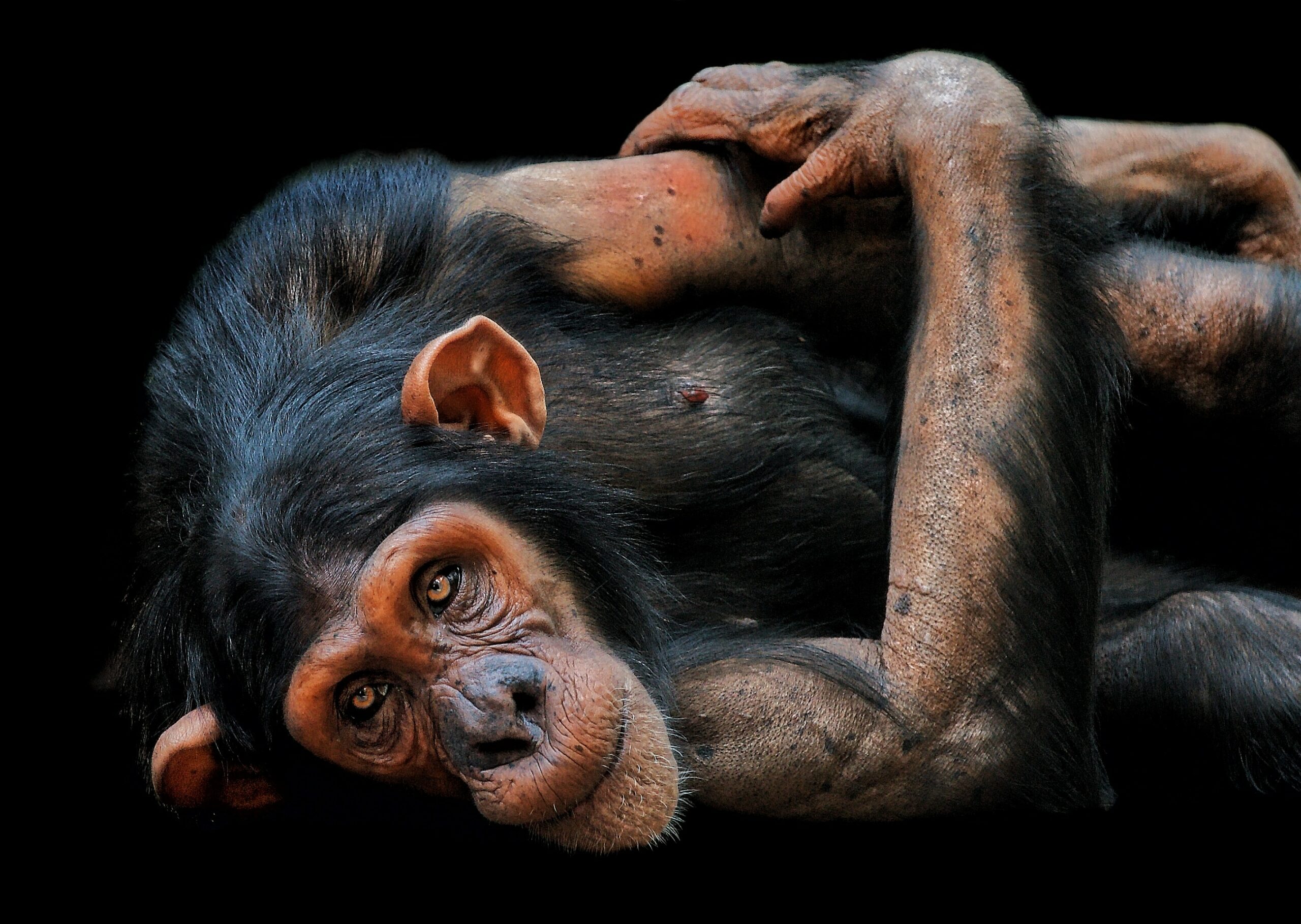Welcome to the captivating world of primates that includes you! These incredible creatures belong to the animal kingdom’s order of Primates, encompassing a wide array of species with diverse characteristics and behaviors.
Primates are known for their intelligence, adaptability, and complex social structures, making them some of the most intriguing animals on our planet.
As an investigative primate, take a moment to learn more about the Order that you belong to, including typical diets, reproductive habits, lifespan, unique traits, and the remarkable features that set them apart from other animals.
With over 500 known species, primates are a diverse group of mammals found in various parts of the world. Some of the most popular types of primates include lemurs, tarsiers, monkeys, and apes. Each group possesses unique characteristics, habitats, and adaptations, making them captivating subjects for study.
What makes primates unique?
Primates possess several unique characteristics and traits that set them apart from other animals. One notable feature is their grasping hands and feet, equipped with opposable thumbs and, in some cases, opposable big toes.
This adaptation allows them to manipulate objects, climb trees, and use tools with precision. Primates also have forward-facing eyes, providing excellent depth perception, and allowing for improved hand-eye coordination.
Another significant trait is their highly developed brains, enabling advanced cognitive abilities, problem-solving skills, and social learning
Primates are extraordinary creatures that captivate us with their intelligence, adaptability, and intricate social behaviors. As we explore the diverse species within this order, we gain a deeper understanding of their unique adaptations, reproductive strategies, and longevity.
By appreciating the incredible diversity of primates and working towards their conservation, we contribute to the preservation of our planet’s biodiversity and the interconnected web of life. Let us cherish and protect these remarkable beings who are not only our distant relatives but also valuable members of our natural world.



































































